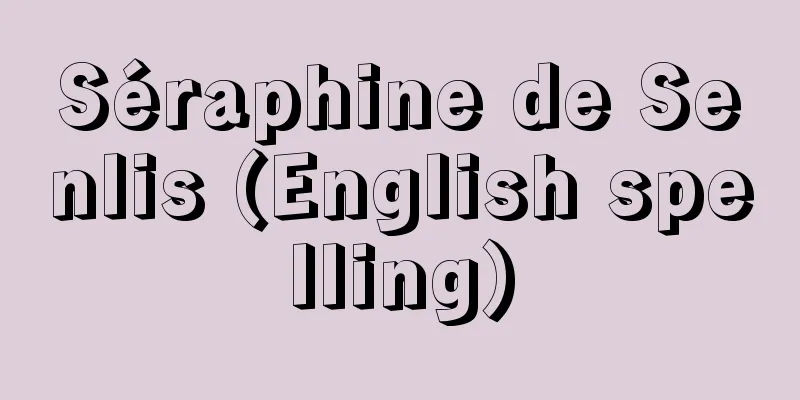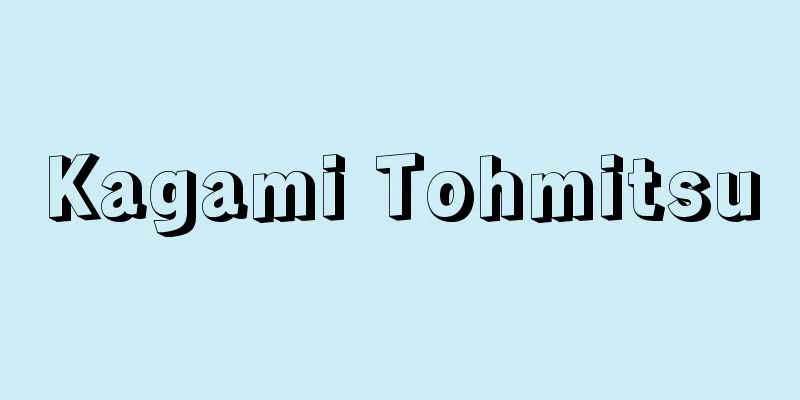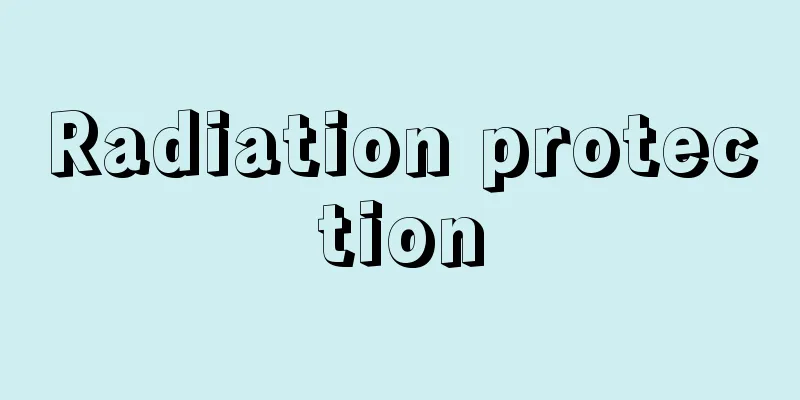Elbow dislocation

|
This is an internal dislocation of the elbow joint, which occurs when the capitellum of the radius subluxes from the annular ligament when a child of preschool age suddenly pulls hard on the hand or forearm. It is likely to occur when walking hand in hand, or when a child suddenly stumbles and is about to fall, and you grab the child's hand or forearm to support them. The child suddenly bursts into loud tears, lets his or her arm hang loose, and holds the forearm in a pronated position, refusing to move it. There is no visible swelling or deformation, but if you passively flex the elbow joint or try to supinate the forearm, the child will burst into loud tears, indicating that he or she is in pain. Although reduction can be achieved by an orthopedic surgeon or a judo therapist, this is an injury often seen in children in pediatric outpatient clinics. The elbow joint is gently bent, the forearm is grasped with one hand, and the upper arm is grasped with the other hand, with the fingertips placed on the head of the radius, and the forearm is externally rotated while pressing the head of the radius, and the elbow joint is flexed to reduce the injury. At this time, a cracking sound is felt in the hand. After reduction, there is no need to immobilize the arm with a splint or sling, and the upper limb can be used immediately, but because it is prone to recurrence, care should be taken not to pull too hard on the hand or forearm for about five days, and it is sufficient to use a cold compress and an elastic bandage for one or two days. In addition, so-called internal joint derangement can also be seen in the knee joint and temporomandibular joint, and refers to a condition in which patients complain of impaired joint movement or pain, even though no fracture or dislocation can be seen on an X-ray. It is generally believed to be caused by damage or rupture of the ligaments that hold the joint in place. [Takashi Nagai and Noriko Yamaguchi] [Reference] |Source: Shogakukan Encyclopedia Nipponica About Encyclopedia Nipponica Information | Legend |
|
肘(ひじ)の関節内障で、学齢期以前の小児の手または前腕を急に強く引っ張ったとき、橈骨(とうこつ)小頭が環状靭帯(じんたい)から亜脱臼(だっきゅう)をおこしたものをいう。手をつないで歩いているとき、幼児が急につまずいて倒れそうになった場合に、幼児の手や前腕をつかんで支えたときなどにおこりやすい。突然激しく泣き出し、腕をだらりとさせ、前腕を回内位にして動かそうとしない。外見上、腫(は)れたり変形したりしているようなことはないが、他動的に肘関節を屈曲するか、前腕を回外しようとすると激しく泣き出すので、痛みのあることがわかる。 整形外科医または柔道整復師に整復してもらえばよいが、小児科外来でもしばしばみられる幼児の外傷である。肘関節を軽く屈曲し、片手で前腕を握り、他方の手で上腕をつかむように握って指先を橈骨小頭部に当て、前腕を外旋しながら橈骨小頭を押し、肘関節を屈曲すると整復される。このとき、軋音(あつおん)を手に感ずる。整復後は副木や三角布による固定の必要はなく、ただちに上肢を使うようになるが、再発しやすいので、5日間くらいは手や前腕を強く引っ張らないように注意するほか、一両日冷湿布を行い弾性包帯を使用する程度でよい。 なお、いわゆる関節内障は膝(しつ)関節や顎(がく)関節にもみられ、骨折や脱臼がX線写真像では認められないのに、関節運動の障害や痛みを訴える状態をいう。一般に、関節を固定する役目をもつ靭帯の損傷や断裂などによっておこるとされている。 [永井 隆・山口規容子] [参照項目] |出典 小学館 日本大百科全書(ニッポニカ)日本大百科全書(ニッポニカ)について 情報 | 凡例 |
<<: Middle counsellor - Chunagon
Recommend
Seth - Seto (English spelling)
A male god who plays an important role in the cre...
Scarlet Plover - Scarlet Plover
… The family Tetraonidae includes 16 species and ...
Dodoma - Dodoma (English spelling)
Tanzania's legal capital. It is also the capi...
Karafunebugyo - Karafunebugyo
〘Noun〙 A title of a position in the Muromachi Shog...
Dictyosphaeria versluysii (English spelling) Dictyosphaeriaversluysii
…[Mitsuo Chihara]. . . *Some of the terminology t...
Nishizawa Valley
A valley in the upper reaches of the Fuefuki Rive...
Public sector labor - Kankoro
The abbreviation for the Japan Council of Public S...
ES Complex
…The catalytic reaction of an enzyme proceeds thr...
Dancing float - Odoriyatai
〘 noun 〙 A float that parades through the streets ...
Actor - Haiyuu
A person who performs in front of an audience usi...
Phosphoarginine
...A general term for high-energy phosphate compo...
Water Station
〘noun〙① A place where boats are moored. A boat doc...
Omori Shell Mound - Omorikaizuka
This shell mound was discovered by American zoolo...
Ikutachi Hachiman Shrine
This shrine is located in the Ikutate area of Mi...
Korea - カンク
A country in East Asia, occupying the area south o...









![Yamamoto [town] - Yamamoto](/upload/images/67cd0f921b45a.webp)